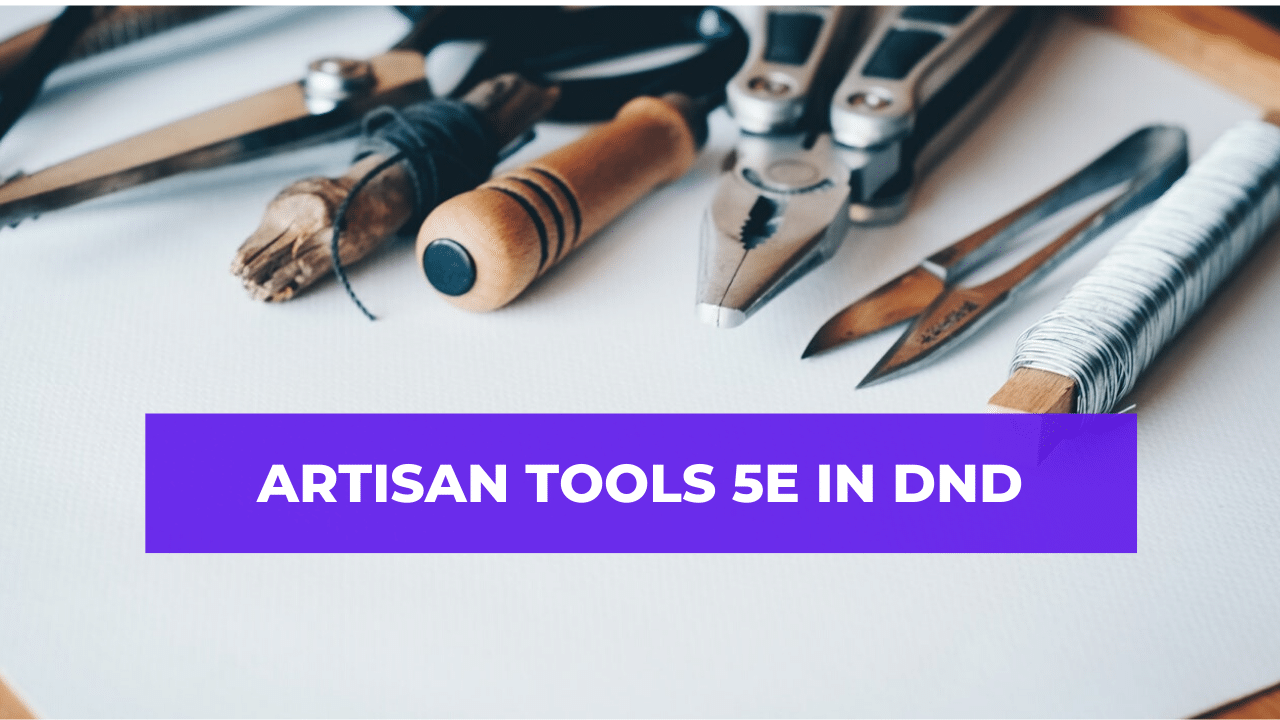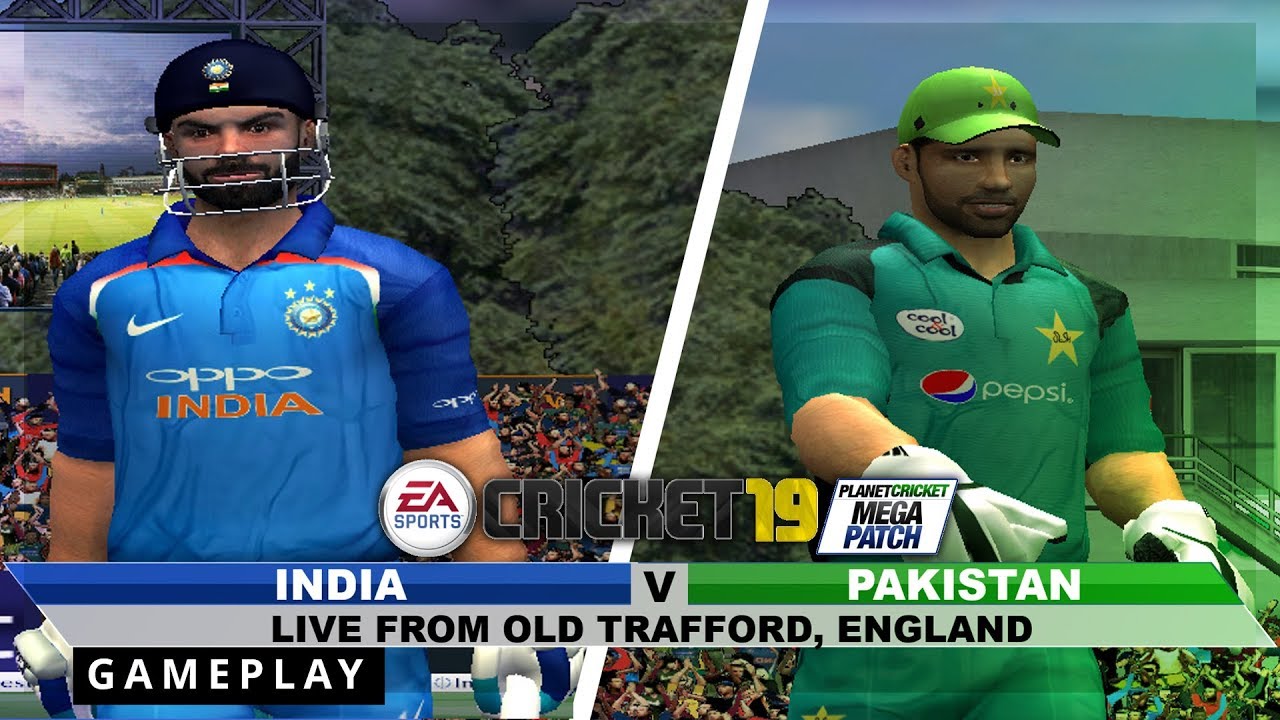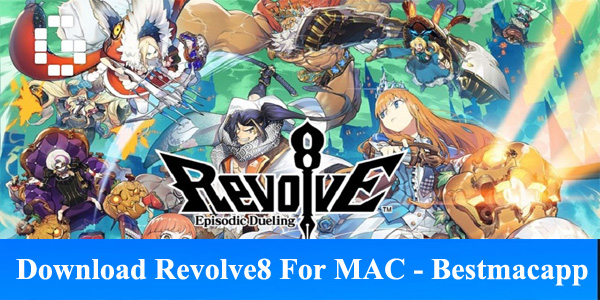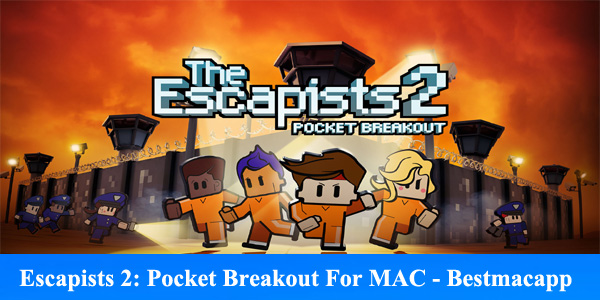1. Understanding Player Behavior Beyond the Surface
In mobile gaming, surface-level metrics like downloads or daily logins only tell part of the story. To grasp how players truly engage with each other and with the game, developers are turning to Social Network Analysis (SNA). This analytical approach goes beyond numbers and reveals the patterns, clusters, and influence pathways that define community behavior. Based on the 2021 study by Seok et al., this article delves into how SNA can uncover meaningful interaction trends among mobile gamers.
2. Key Terms to Know
- Social Network Analysis (SNA): A framework for studying relationships and information flows between entities—in this case, players.
- Nodes and Edges: Nodes represent individual users; edges represent their interactions.
- Clustering Coefficient: Measures how likely players are to form tightly-knit groups.
- Centrality: Indicates how influential or well-connected a player is within the network.
- Interaction Density: The frequency and richness of communications within a player network.
3. Research Insights: What the Study Found
The study analyzed logs from mobile gaming platforms to explore how different types of interactions contribute to long-term engagement. Patterns observed were both intuitive and surprising:
| Metric | Description | Insight Generated |
| Guild Participation | Frequency of guild membership and activity | Strong indicator of loyalty |
| Chat Volume | Number of messages exchanged in-game | Correlated with sustained retention |
| Co-Play Sessions | Frequency of team-based gameplay | Reinforces social bonding |
| Leaderboard Sharing | Visibility of rank and status among friends | Sparks motivation through friendly rivalry |
| User Clusters | Subgroup patterns formed naturally | Affects event participation and content use |
In larger communities such as 피망머니상 identifying and supporting high-centrality users—those who link disparate subgroups—can stabilize user retention and promote positive network behavior.
4. Step-by-Step Guide to Analyzing User Interaction Patterns with SNA
- Collect Interaction Data: Include chat logs, guild memberships, in-game trades, and matchmaking records.
- Construct the Network Graph: Map users (nodes) and their interactions (edges).
- Calculate Metrics: Use tools like Gephi or NetworkX to determine centrality, clustering, and density.
- Segment Users by Behavior: Identify influencers, isolated users, and sub-community leaders.
- Apply Findings to Game Design: Personalize content, improve matchmaking, and structure guild features based on interaction patterns.
5. Advantages and Limitations
| Advantages | Limitations |
| Provides insight into unseen social trends | Requires large and clean datasets |
| Enables dynamic content targeting | Complex to maintain real-time tracking |
| Improves community health | Risk of misinterpretation without context |
6. Frequently Asked Questions
- Q: Can SNA improve monetization? A: Indirectly, yes. By identifying socially active users, you can target them with community-centric offers or rewards.
- Q: Is it privacy-safe? A: Yes, if implemented with anonymization and proper data governance practices.
- Q: How often should networks be analyzed? A: Ideally, monthly or after major in-game events to track shifts in user behavior.
7. Smart Strategies to Leverage SNA Findings
- Promote Cross-Group Interaction: Design missions that require collaboration between different guilds or regions.
- Reward Social Stars: Acknowledge highly connected users through visible achievements.
- Mitigate Toxic Clusters: Use moderation tools to monitor tightly packed negative behavior groups.
- Strengthen Weak Links: Encourage communication between isolated nodes and active hubs.
- Design for Organic Growth: Let user relationships evolve without forcing structure, then respond with supportive features.
8. Solving Implementation Issues
| Challenge | Solution |
| Data fragmentation | Centralize logs across chat, play, and trade |
| Visual complexity in large graphs | Use filtering tools or time-lapse snapshots |
| Misidentifying passive users | Combine interaction data with activity logs |
| Real-time processing constraints | Analyze offline batches and update insights |
9. Pro Tips to Make the Most of SNA
- Establish Baseline Metrics: Know what healthy interaction looks like for your game.
- Compare Across Titles: If managing multiple games, benchmark networks against one another.
- Create Shareable Visuals: Display social graphs to the community to inspire engagement.
- Overlay Monetization Layers: Connect social activity with in-game spending trends.
- Monitor Sentiment: Use natural language processing alongside SNA for context.
10. Conclusion: Networks Tell the Real Story
Mobile games are more than mechanics—they are living communities of players connecting in real-time. Social Network Analysis unlocks the ability to see those connections in motion and respond with design, support, and features that enhance retention and community strength.
As shown in the study and echoed by live operations professionals, when developers invest in understanding the social fabric of their player base, they gain a strategic advantage that no traditional KPI dashboard can offer. In a gaming world where users crave both independence and interconnectedness,한게임머니시세mapping their interaction patterns is no longer optional—it’s the competitive edge for any socially-aware game studio.













